Optimal Timing for Hydroseeding Applications
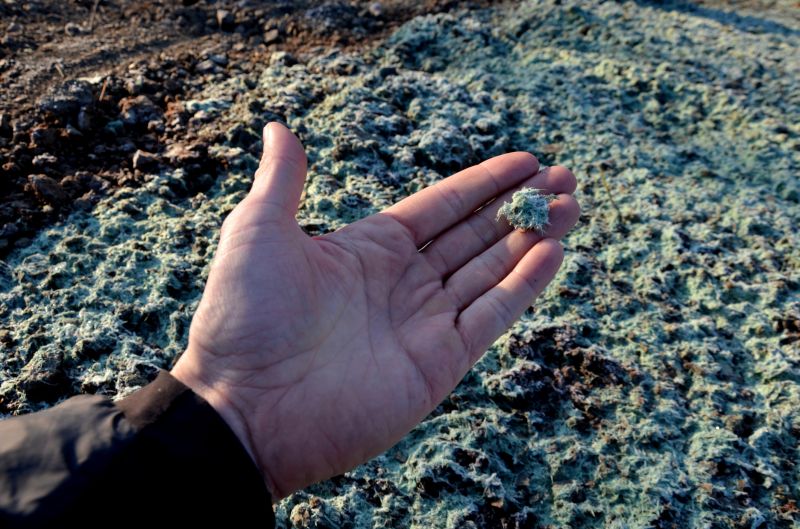
Applying hydroseedings in early spring promotes healthy growth as temperatures rise and soil moisture improves.

Late spring offers optimal conditions with moderate temperatures and consistent rainfall, supporting seed germination.
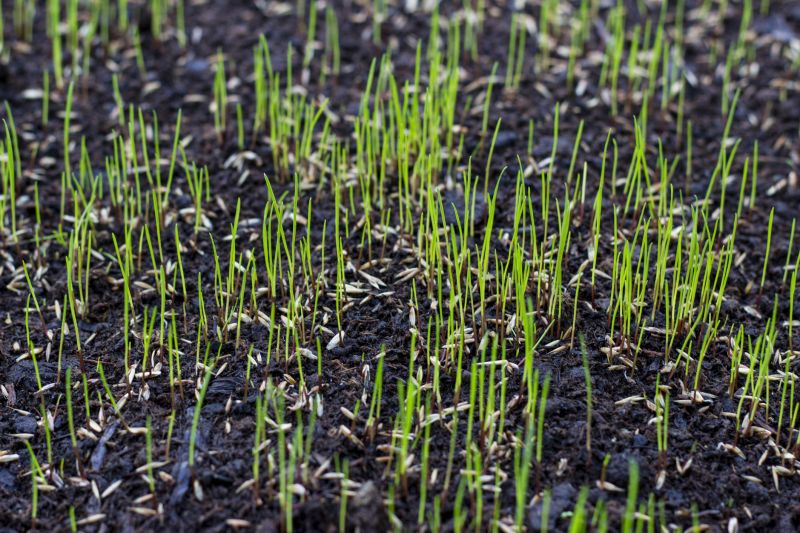
Fall applications can establish grass before winter, especially in regions with mild winters, leading to a strong start in spring.
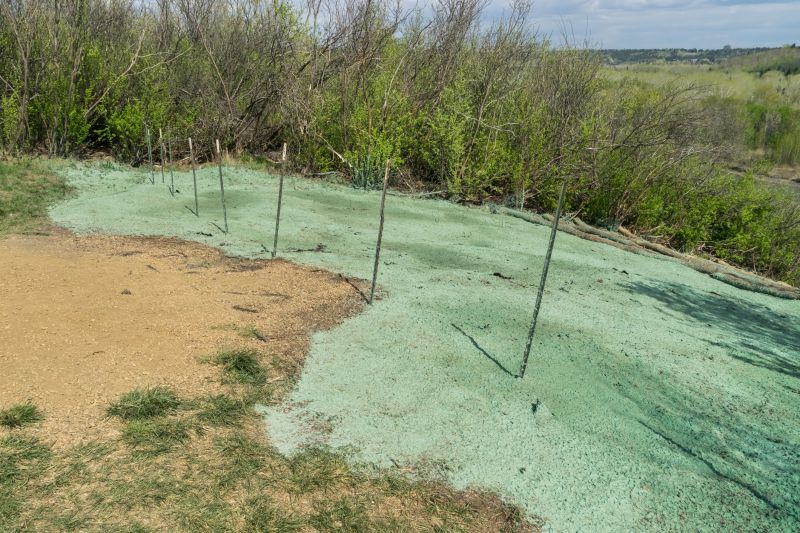
Ways to make Hydroseedings work in tight or awkward layouts.
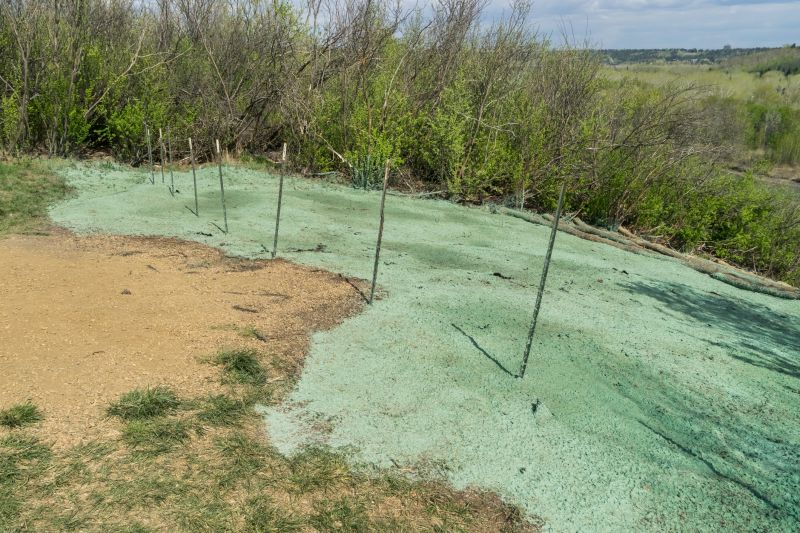
Popular materials for Hydroseedings and why they hold up over time.
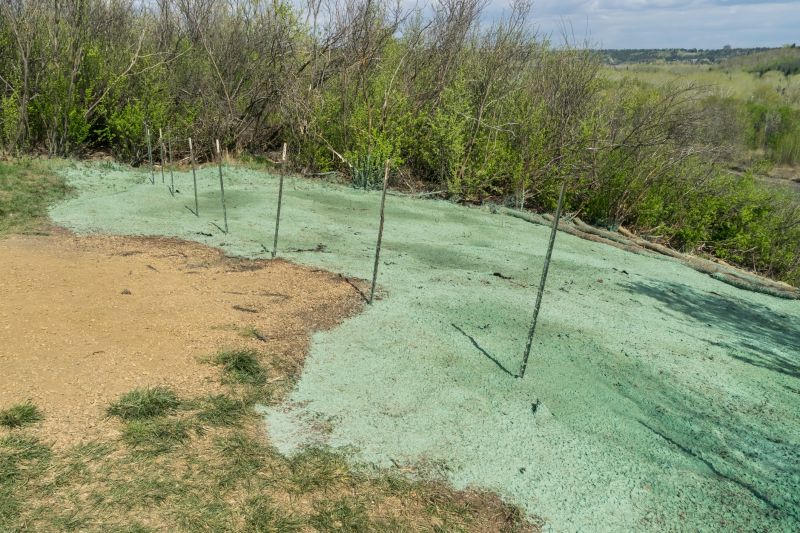
Simple add-ons that improve Hydroseedings without blowing the budget.
Spring hydroseeding benefits from increasing temperatures and moisture, leading to rapid germination and establishment.
Summer hydroseeding requires attention to watering and shade to prevent drought stress and ensure seed survival.
Fall hydroseeding can establish roots before winter, especially in areas with mild climates, resulting in early spring growth.
Winter hydroseeding is less common due to cold temperatures and frozen ground, but it may be suitable in warmer regions.

A large-scale hydroseeding operation on a hillside demonstrating effective erosion control.

Freshly applied hydroseed on a residential lawn ready for germination.
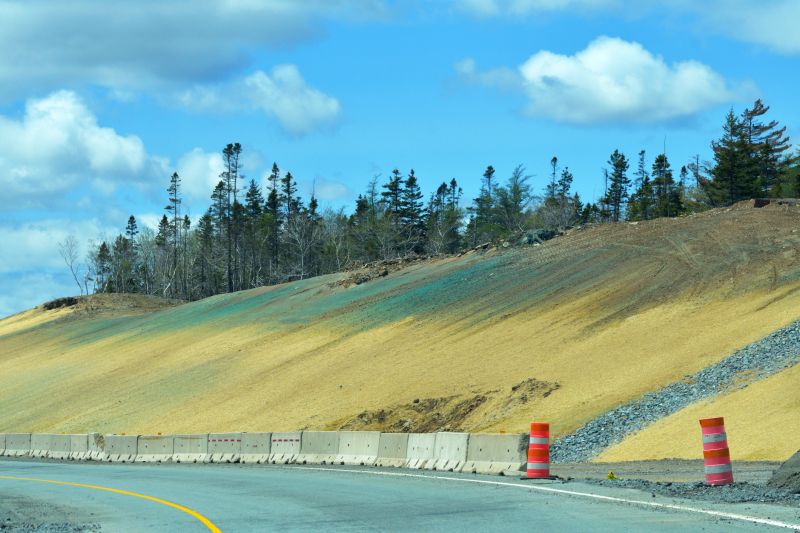
Hydroseeding used to stabilize a slope and prevent soil runoff.
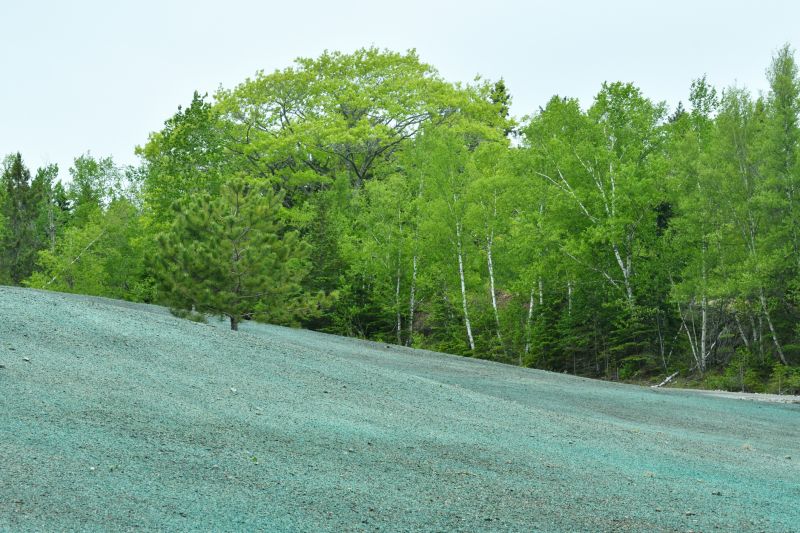
Hydroseeding performed on a commercial landscaping project for rapid grass growth.
| Season | Best Conditions |
|---|---|
| Spring | Increasing soil temperatures, consistent moisture |
| Summer | Moderate temperatures, adequate watering, shade |
| Fall | Cooler temperatures, moist soil, mild winters |
| Winter | Limited in cold regions, suitable in warmer climates |
Timing hydroseedings appropriately can lead to higher success rates and healthier lawns. Regions with distinct seasons should prioritize spring and fall applications, aligning with optimal soil and weather conditions. Proper timing minimizes issues such as seed washout, drought stress, or poor germination, ensuring a durable and lush growth. Consulting local climate data and soil conditions can further refine scheduling for best results.

Application of hydroseed on a hillside for erosion prevention.
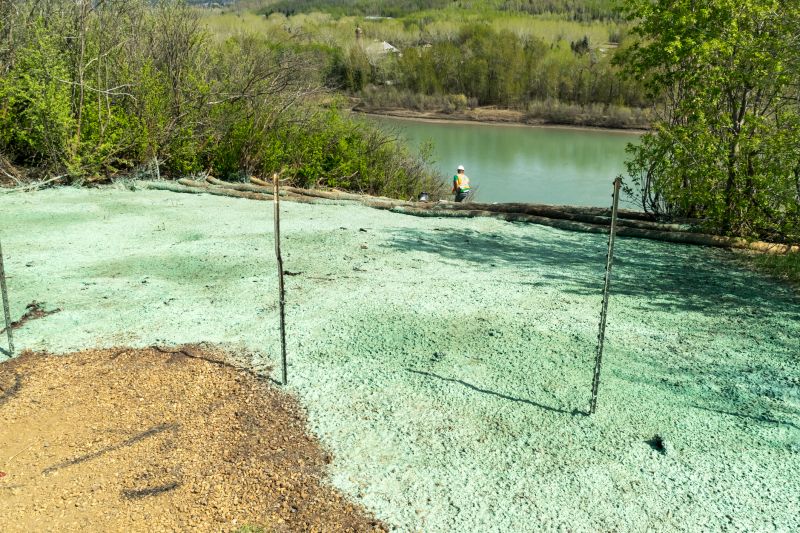
Large-scale hydroseeding operation on a commercial property.
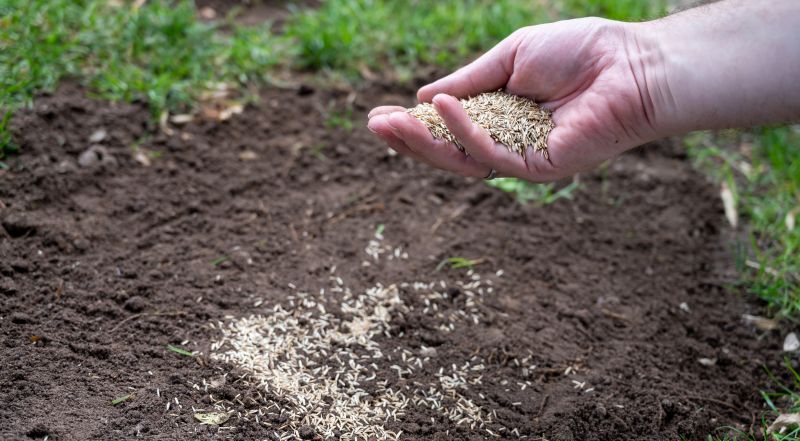
Newly hydroseeded residential lawn in early growth stages.
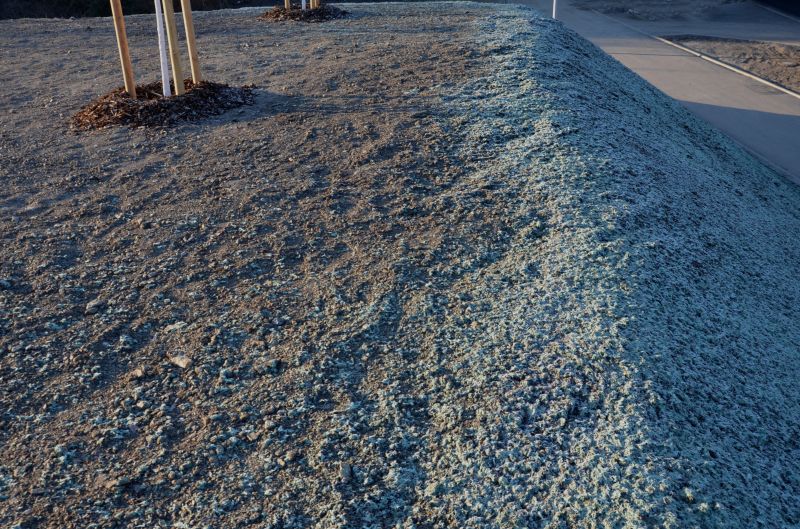
Hydroseeding applied to stabilize a disturbed soil area.

High-end options that actually feel worth it for Hydroseedings.

Finishes and colors that play nicely with Hydroseedings.

Little measurements that prevent headaches on Hydroseedings day.

A 60-second routine that keeps Hydroseedings looking new.
Interested in scheduling a hydroseeding project? Filling out the contact form can provide tailored advice on timing and application techniques suited to specific regional conditions and project goals. Proper planning ensures the best possible results for establishing healthy, resilient lawns and landscapes.
